Abisola Oladimeji
Student @ Adekunle Ajasin University,Akungba Akoko Ondo State.Nigeria.
The Beauty of Arts and Culture.
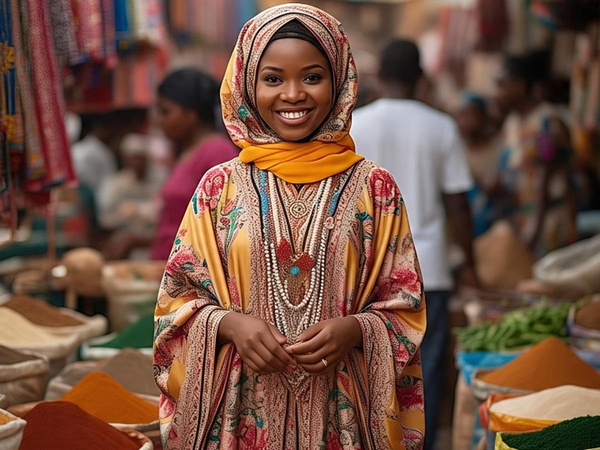
<p><br/></p><p><br/></p><p>Art and culture are among the most powerful and enduring aspects of human civilization. They are more than aesthetics, more than entertainment—they are the very pulse of human expression and collective identity. From the earliest cave drawings to contemporary digital creations, art has served as a mirror reflecting the emotions, struggles, and triumphs of people across generations. Culture, interwoven with art, encompasses the traditions, customs, beliefs, and values that define communities and bind people together through shared meaning.</p><p><br/></p><p>The true beauty of art lies in its ability to communicate what words alone often cannot. A painting can evoke a deep sense of longing, a sculpture can capture the fragility of life, and a song can stir emotions that lie dormant within us. Art transcends language and geography, creating connections between people from vastly different backgrounds. A viewer in one corner of the world can be moved by a film from another culture, not because of the dialogue but because of the universal emotions it conveys. This is where the beauty of art meets the inclusiveness of culture—together they become a universal language that everyone can understand and feel.</p><p><br/></p><p>Culture gives context to art. It carries with it the voices of ancestors, the rituals of everyday life, and the collective memory of a people. Through traditional dances, folk songs, oral storytelling, and handmade crafts, culture preserves the wisdom of generations and sustains identity. It roots individuals in a sense of belonging and continuity, especially in a world that is rapidly changing. At the same time, art continues to evolve, reflecting the dynamic nature of culture. It adapts, innovates, and reimagines tradition, keeping culture alive while also pushing its boundaries.</p><p><br/></p><p>Throughout history, art and culture have played critical roles in shaping societies. They have given voice to the oppressed, challenged authority, and inspired revolutions. Artists have always been at the forefront of social change, using their work to protest injustice, question norms, and reimagine the future. Cultural movements have the power to unite people, ignite awareness, and foster empathy across divides. This transformative potential makes art and culture not only beautiful but essential for progress and healing.</p><p><br/></p><p>On a personal level, art and culture enrich lives in profound ways. They provide comfort in times of sorrow, joy in moments of celebration, and a sense of purpose in times of uncertainty. Engaging with art—whether creating or appreciating—stimulates imagination, reduces stress, and nurtures emotional resilience. Participating in cultural practices, from cooking traditional meals to attending local festivals, offers a sense of belonging and pride that is deeply fulfilling.</p><p><br/></p><p>In essence, the beauty of arts and culture lies in their capacity to express the inexpressible, to connect individuals across time and space, and to celebrate the full spectrum of human experience. They are the soul of humanity, revealing who we are, where we come from, and what we aspire to be. In embracing art and culture, we embrace ourselves—not just as individuals, but as members of a vast, creative, and ever-evolving human family.</p>
Other insights from Abisola Oladimeji
Referral Earning
Points-to-Coupons
Insights for you.




 111
111








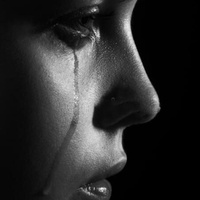

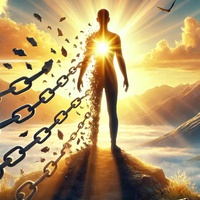
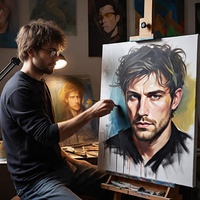
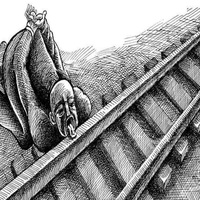

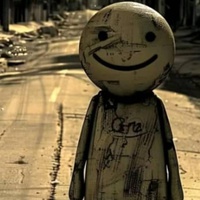
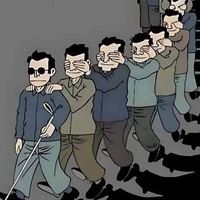
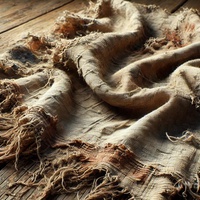







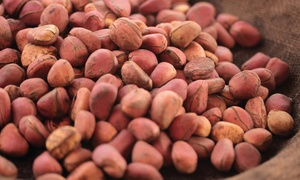
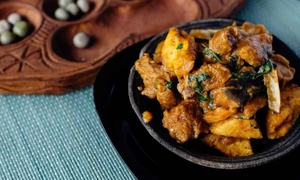
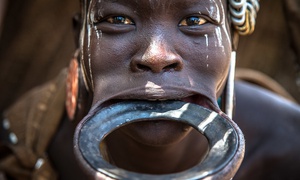


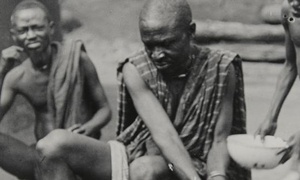

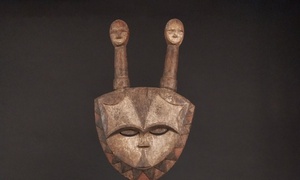






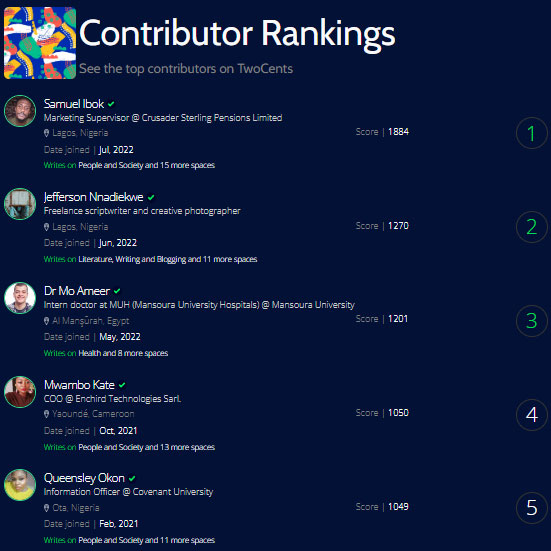






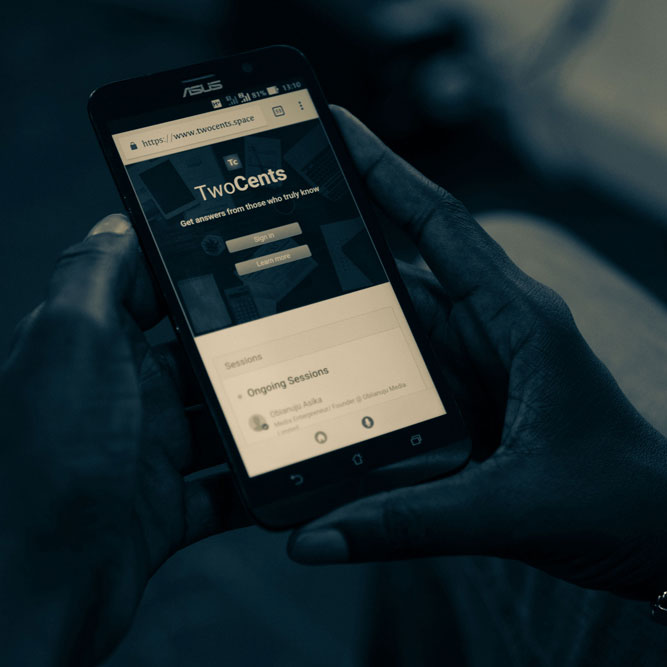














Comments